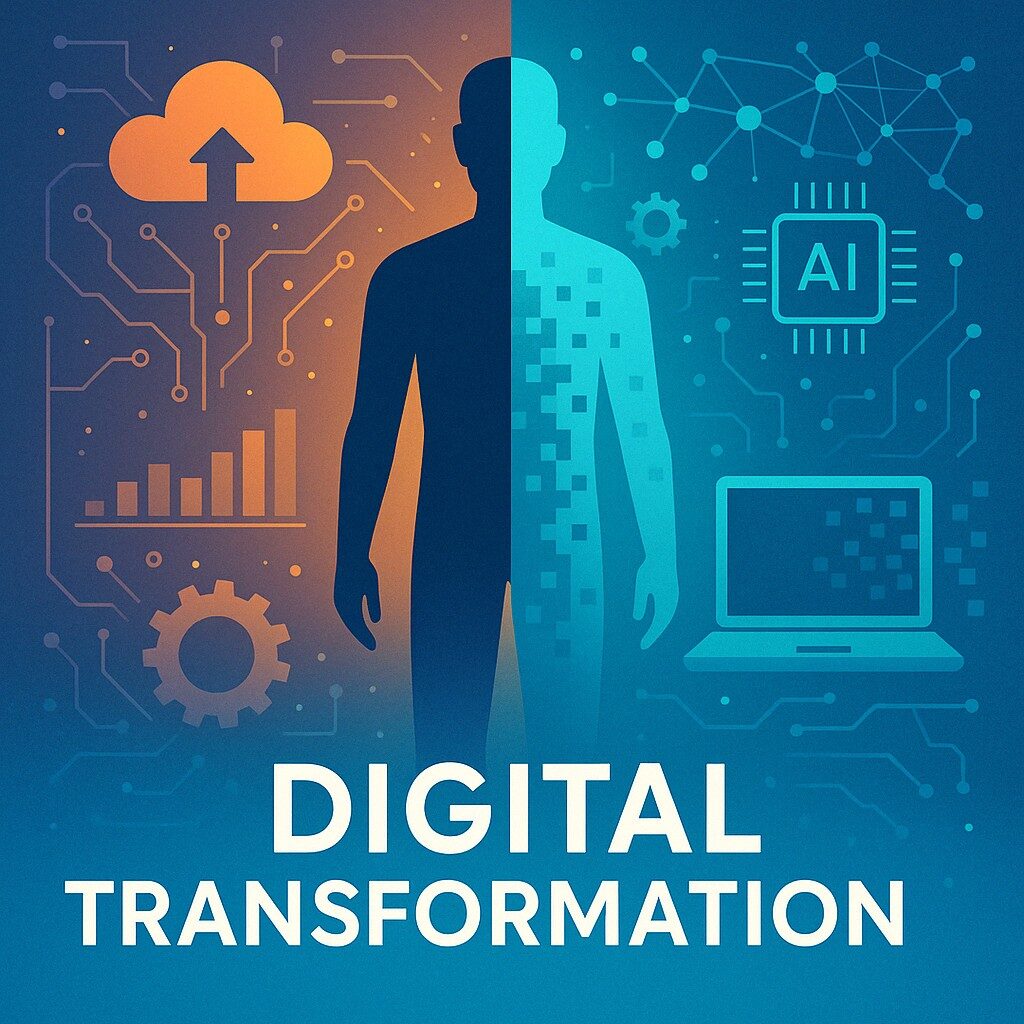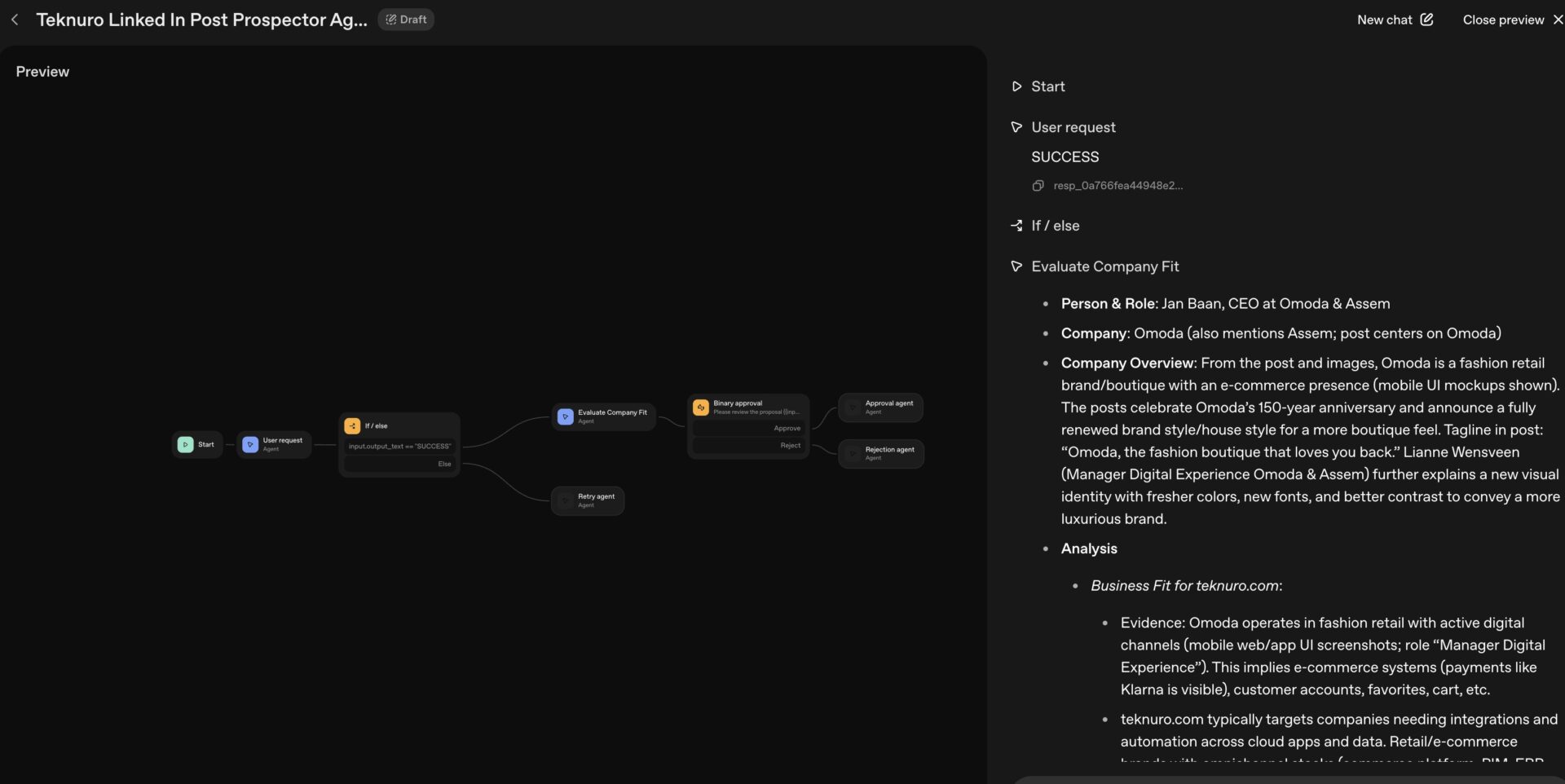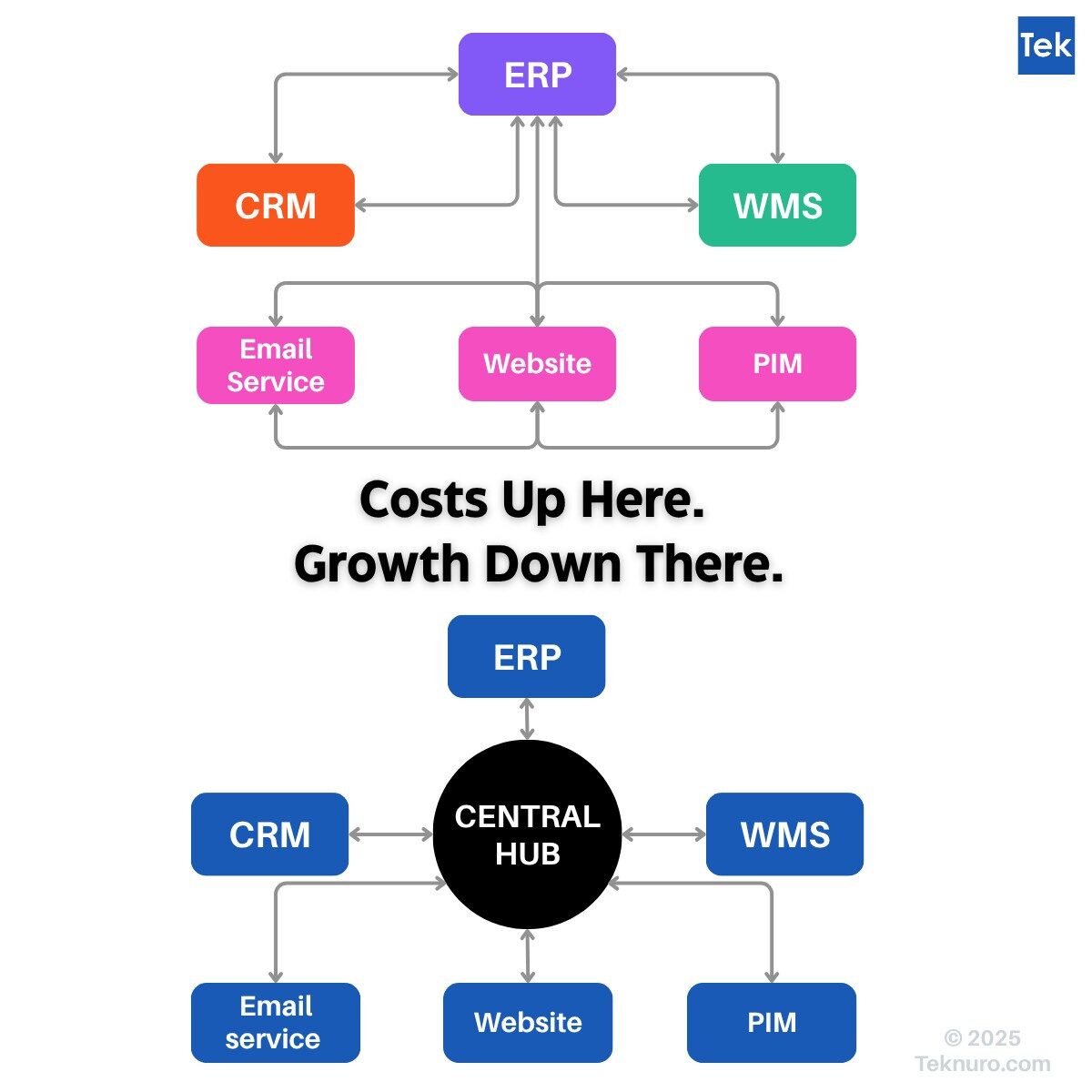The business world is at a pivotal moment. Artificial intelligence, automation, and intelligent agents are not just introducing new tools—they are redefining the nature of work itself. Roles that once relied on repetitive tasks and institutional knowledge are now being modified or replaced by systems that can learn, adapt, and execute at scale. The result? A rapidly evolving workplace where agility, creativity, and digital fluency are becoming non-negotiable.
AI is no longer confined to R&D departments or innovation labs. It’s embedded in everyday workflows: marketing teams use AI to generate campaign content and optimize audience targeting in real time. Finance teams automate forecasting with machine learning models that outperform traditional methods. Customer support is increasingly handled by AI agents capable of resolving complex queries with personalized responses. This shift is reshaping expectations for speed, personalization, and decision-making.
In this environment, digital transformation is not a strategic initiative—it’s a business imperative. Companies that fail to adapt will face disruption not just from tech-first startups, but from peers and incumbents who have embraced transformation as a core capability.
But transformation is not synonymous with technology adoption. The real challenge lies in reimagining how the business creates value and delivers outcomes, both internally and externally. That starts with vision and structure.
Rather than jumping into technology procurement—be it an AI tool, robotic process automation platform, or data analytics suite—organizations must first define what they want their future to look like. What is the desired customer experience? How should operations flow? How will teams work and make decisions in an AI-augmented world? Only with this clarity can digital solutions be effectively aligned to drive measurable impact.
Too often, companies overestimate how digitally mature they really are. They might have cloud infrastructure and collaboration tools, but lack the cultural readiness, data literacy, or integration maturity to truly capitalize on AI and automation. A structured digital maturity assessment—spanning people, process, technology, and culture—can reveal gaps and opportunities, providing a clear foundation for the journey ahead.
Successful transformation also hinges on cross-functional ownership. It cannot be confined to IT or innovation teams. Finance, HR, marketing, operations, and customer service must all be at the table. Establishing a central transformation office or cross-functional governance body ensures alignment, accountability, and speed. This team becomes the anchor in driving strategic priorities, managing risks, and scaling successful initiatives.
People, not platforms, are the true differentiators. While AI does replace some routine tasks, it also creates space for more meaningful work—if people are equipped to take it on. That’s why investing in upskilling, change management, and digital literacy is critical. Organizations that empower their workforce to understand, question, and co-create with AI will gain a decisive advantage. Culture, as the saying goes, eats strategy for breakfast—and transformation is no exception.
Methodology matters. Gone are the days of multi-year transformation programs planned top-down and executed in sequence. Modern transformation thrives on agility. Rapid experimentation, iterative development, and customer feedback loops allow organizations to test, learn, and pivot. This approach reduces risk while accelerating time-to-value.
Consider the retail and consumer goods sector: Coca-Cola has leveraged AI-powered demand forecasting and supply chain analytics to significantly improve operational efficiency. By analyzing vast volumes of sales, weather, and social data, Coca-Cola’s AI systems help optimize inventory levels, reduce waste, and ensure better product availability across markets. This data-driven approach has transformed decision-making, enabling more agile responses to market demand and streamlining production cycles—ultimately reducing operational costs and enhancing customer satisfaction.
These are not abstract concepts—they are proven strategies delivering results. A structured digital transformation program brings clarity, coherence, and confidence to this complex landscape. It defines a roadmap with clear milestones, aligns teams behind shared goals, measures what matters, and continuously adapts to feedback and change. Transformation programs built on structure—not just ambition—are the ones that succeed.
The organizations that will thrive in this AI-driven era are not necessarily the ones with the deepest pockets or the biggest tech stacks. They are the ones with the clearest vision, the most adaptable teams, and the courage to change from within.
Digital transformation is no longer a matter of if, but how fast—and how well—you can do it.



